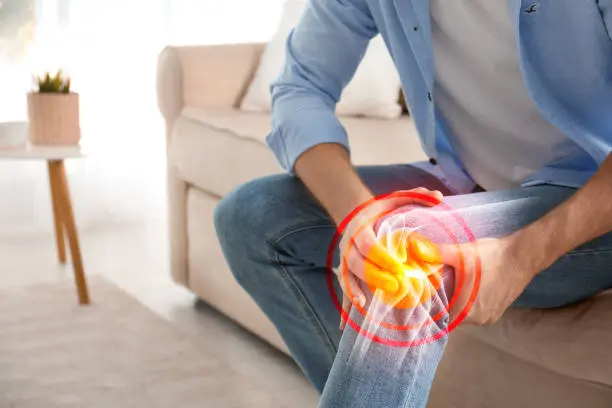What Is Osteoarthritis?
Osteoarthritis (OA) is the most common form of arthritis, affecting more than 32 million adults in the U.S. alone. It happens when the protective cartilage in your joints wears down over time—most often in the knees, hips, hands, and spine.
Think of cartilage like a cushion between your bones. When it breaks down, bones can rub together, causing:
- Pain
- Stiffness
- Swelling
- Reduced movement
OA is often called a “wear and tear” disease, but it’s more complex than that. Other contributing factors include:
- Age (risk increases as we get older)
- Injuries (especially past joint injuries)
- Being overweight (extra weight puts more pressure on joints)
- Family history
- Muscle weakness or joint instability
The Good News: Movement Can Help
It may seem counterintuitive, but resting too much can make arthritis worse. Joints actually become stiffer and more painful when they aren’t used. In contrast, the right kind of regular movement can relieve arthritis symptoms and improve daily life.
Here’s what the research says:
What the Science Shows
Several high-quality studies have proven that exercise can:
✅ Reduce pain
In a study of over 200 adults with knee arthritis, those who did simple strength exercises had less pain and better movement than those who didn’t.
✅ Improve function
Another study showed that yoga was just as effective as strength training in reducing knee pain, stiffness, and improving how well people could move.
✅ Build strength
Stronger muscles mean better support for your joints, which can take pressure off painful areas—especially in the knees and hips.
✅ Boost mood and energy
Regular exercise also helps with stress, fatigue, and sleep, which are often linked to chronic pain.
✅ Slow progression
Staying active helps maintain cartilage health, reduces inflammation, and may slow joint damage over time.
Best Types of Exercise for Osteoarthritis
The goal is to keep moving—but in a way that’s gentle on your joints. Here’s what works best:
Range of Motion (Stretching)
- Keeps joints flexible
- Helps reduce stiffness
- Great as a warm-up or cool-down
✅ Try: gentle yoga, tai chi, or daily stretches
Strength Training
- Builds muscles to support and protect joints
✅ Try: resistance bands, bodyweight squats, light weights
Low-Impact Cardio
- Helps with weight control
- Increases endurance and circulation
✅ Try: walking, biking, swimming, or water aerobics
Mind–Body Exercise
- Combines movement with balance, breathing, and relaxation
✅ Try: Pilates or tai chi, which can improve pain and quality of life
⚠ What to Avoid
When starting a new routine, keep these tips in mind:
- Don’t push through sharp pain — discomfort is okay, pain is not.
- Avoid high-impact moves like running or jumping unless cleared by your PT.
- Don’t skip warm-ups — move slowly to ease into activity.
- Adjust during flare-ups — gentle stretching or water exercise may be best
How Physical Therapy Helps with Arthritis
You don’t have to figure this all out alone. A physical therapist (PT) can:
- Create a custom exercise plan tailored to your needs
- Teach you how to move safely and correctly
- Help you progress without causing more pain
- Offer tips on joint protection, posture, and daily movement
- Show you how to adjust your routine during a flare-up
- Track your progress so you see real improvements
Research even shows that guided programs with therapist support help people stick with exercise and feel better long-term.
Final Thoughts
You don’t need to run marathons to manage arthritis. Just moving a little each day can make a big difference in how you feel.
✅ Less pain
✅ More energy
✅ Better sleep
✅ Easier movement
✅ Stronger joints
If you’re struggling with joint pain or stiffness, let’s work together. Our team can help you move better, hurt less, and get back to the activities you love—with evidence-based support every step of the way.

